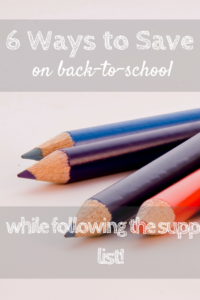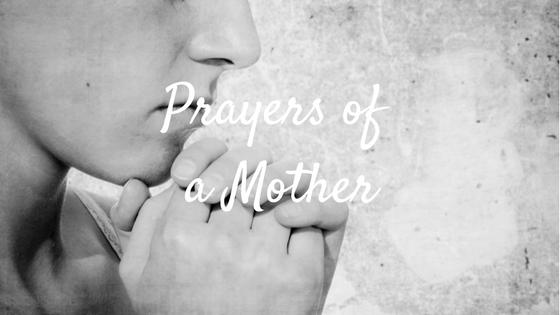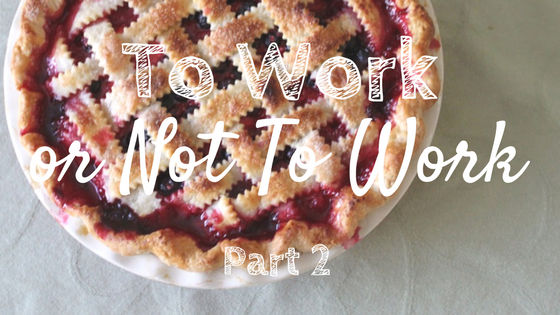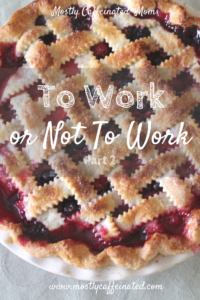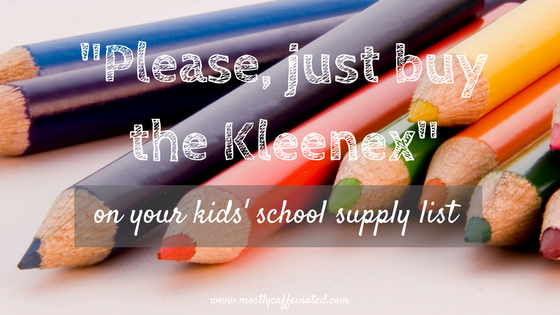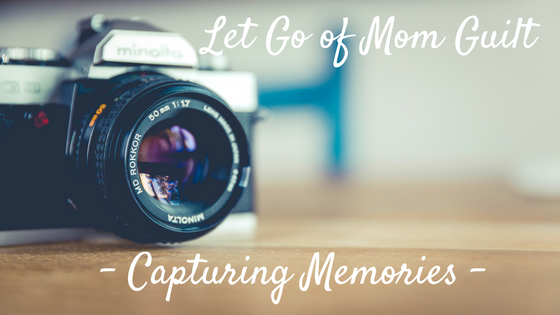As a follow-up to last week’s post about honoring your kids’ school supply list , as promised here are some ideas about saving money (without buying off-brand crayons!)

These tips are carefully considered and respectfully offered.
Background: I grew up in a wonderfully thrifty household. I was taught that a person’s value does not lie in brand names, but that school is of utmost importance and teachers are to be respected. I was bullied in school (not oversensitive, legit bullied!) for my clothes, shoes, hair, you name it. I am a middle-school teacher on hiatus. I am now a parent.
With all of that in mind, I can understand parents, children, and teachers involved in this whole back-to-school situation. I have tried to offer tips that help your budget but are not crazy hard to accomplish. I’ve kept in mind the reality of kid needing to be remotely “in style.” All suggestions are made in hopes that this helps you afford the specific supplies your child’s teacher has asked for on The List.
Here we go!
1 – Sort, declutter, and evaluate first!
In June or July, go through the major areas of back-to-school – clothing and school supplies – and see what can be used again next year.
If your child wears hand-me-downs or you thrift/yardsale ahead of sizes, evaluate how many upcoming clothes they actually like and will wear.
Get their fall wardrobe out of storage and check what will still fit them, fold, and count the items against how many they will need.
If your students wear uniforms, check older siblings’ uniforms to see if anything can be passed down.
(A capsule wardrobe for your children will really help keep costs down, as well. I hope to write a post about this in the future! Kids need less clothing than we assume (we all need less than we think!) Better to wear and wash and love a few pieces than have a closet stuffed full, a bank account empty, and “nothing to wear.”)
UNPACK THEIR BACKPACK and check for salvageable school supplies (binders, notebooks, pens, highlighters, calculators, locker accessories) throw out what can’t be saved, and check this against the school supply list. Again, check siblings’ supplies in case there are grade-specific supplies that can be used again (calculators for elementary vs. high school math, certain colors of pen, certain kinds of binders or folders, leftover index cards or wide-ruled paper vs. college-ruled paper.) There is likely at least a few items of clothing or supplies that you can use again!
Evaluate what is truly needed. Sticking to the list is important, but “extras” are not. Examples? Your child may be required to get plastic folders, but there are likely several price options that are all plastic. Perhaps they need a 5-subject notebook – but it doesn’t have to have a cartoon character on the front! A separate pair of “dedicated gym shoes” does NOT mean “$300 Nikes.” If you choose to upgrade a supply or purchase brand names when it isn’t necessary (or buy your student scented markers or Sharpies or locker decorations, for fun) that’s your decision and should be factored into your budget!
2 – Shop second-hand first whenever possible!
Second-hand clothing from yard sales, thrift stores, or children’s consignment stores are a great place to start with savings. If you are brand-new to second-hand shopping, I suggest starting at a children’s consignment shop like Once Upon a Child or Too Little for Me. I find that children’s consignment offers great quality and most items are still in style. You decide whether to take your child along on these shopping trips or not!
If your children wear uniforms, still check for pieces that can be acquired second-hand. Often uniforms contain polo shirts or button-down shirts that do not need to be brand specific. Even khaki or navy pants can be found in these stores (if your kids need uniforms, odds are good other kids in your area have also worn the same pieces!) Additionally, by all means buy used when it comes to your child’s at-home wear and/or gym clothing!
Some school supplies can be purchased second-hand as well! I have found many binders and folders (even expandable files!) at the thrift store – just open them up and make sure all the rings work. Thrift stores also usually have loose leaf paper and notebooks (just check the rule of the paper – bring a piece of the right size to check them against if they’re not labeled!) For big ticket items like Algebra-level calculators, check Craigslist or local buy-sell-trade sites, as well as friends and relatives. (My family passed around the same big calculator for many kids, and my in-law family did the same! I believe my husband actually gave his high school calculator to our nephew, even.)
If you are in great need, there are usually free clothing and/or school supply resources in your county through nonprofits, social services, or a local swap group. Search the Internet, and use those resources!
3 – Sales and Discounts
Of course. But many school supply sales begin early (like July early!) so be on the lookout and have your declutter and second-hand shopping done so you can walk into those sales prepared! Something you possibly don’t know is that some states offer tax-free back-to-school shopping weekends where you automatically save your state’s sales tax on everything.
Some things can be stocked up ahead, especially if you have multiple children attending the same school so you have a good guess about what will be needed in the future. Standards like the 24-pack of Crayola crayons, Ticonderoga #2 pencils, Kleenex, can be purchased in multiples if you catch a great sale!
Use those store coupons and discounts as they come to you (again, have the decluttering and thrifting done early!), even if that means buying one piece at a time. Stores like JCPenney, Kohls, Macy’s, etc often have $10 off coupons that can be used in-store or online, and offer uniform pieces or regular clothing.
If you have a store credit card or gift cards, now is the time to use them! I personally only have experience with Kohls as far as store credit goes, but they send a 30% discount every 6 weeks or so. Along with $10 off $10 coupons. (Absolutely no affiliation or kick-back. I wish!) I do not advise credit if you have difficulty paying it back! Open and use lines of credit like cash – budget to pay the whole bill every month.
If you rack up customer rewards at non-clothing stores, see if they carry school supplies. I get Goodwill Reward coupons for $5, and I know Shopko offers rewards coupons after spending money on prescriptions.
4 – Budget ahead of time
This may take a year or two to work the kinks out, but back-to-school happens every year. For at least 13 years. This should be part of your yearly budget, not a big surprise in August! A few hundred dollars should cover clothing, shoes, and supplies if you shop prudently. This is similar to the price of one new smartphone, 4 rounds of eating out at a restaurant, a couple household gadgets… things that many people purchase without much hesitation, and come from a “fun” budget category. Supplying kids should be its own category. We started a “kids” section of our budget before each baby was born, and have used this fund to cover baby supplies, diapers, booster seats, clothing, school tuition, art supplies… you name it!
5 – Outlet stores
If your children have strong opinions about brands, see where your nearest outlet store is for Nike, UnderArmor, Adidas, etc. (Personally, I hope my parenting style leads to not having to buy these brands, but I digress.) I have shopped these stores looking for sneakers for myself, and the pricing seems fair (less than full retail, but things are new and still “in” so more expensive than thrifting.)
6 – Carry around the school supply list!
After you’ve decluttered and checked off what items can be reused, borrowed or bought second-hand and checked off those items, start carrying that list around in your purse or pocket so any time you are out running errands you can reference it and pick up something if a deal appears. Perhaps you find you have a little money left on a gift card. Maybe you get a free item with purchase at an unlikely place like a grocery store. Maybe you’re out of town and happen to see a sale you don’t get the ads for. At a rummage sale with a friend and happen to find something your child needs? No problem! Your list is with you and can be referenced and checked off immediately.
Forgetting what is already owned and duplicating purchases is a huge budget killer in any area of shopping!
Do you have great tips for saving money on back-to-school essentials? Leave them in the comments (if they don’t involve off-brand crayons or skipping the Kleenex!)
